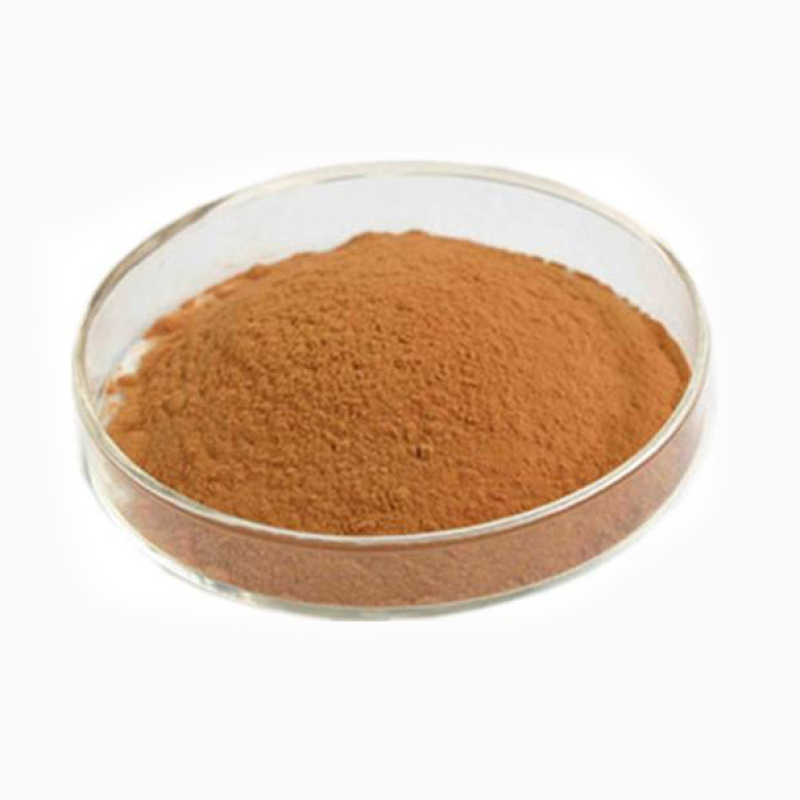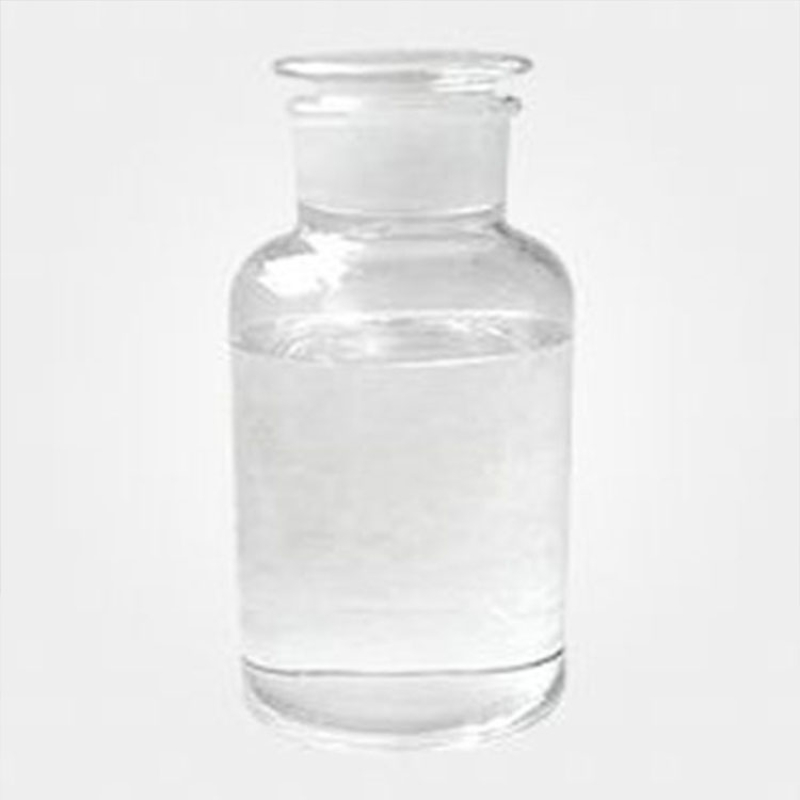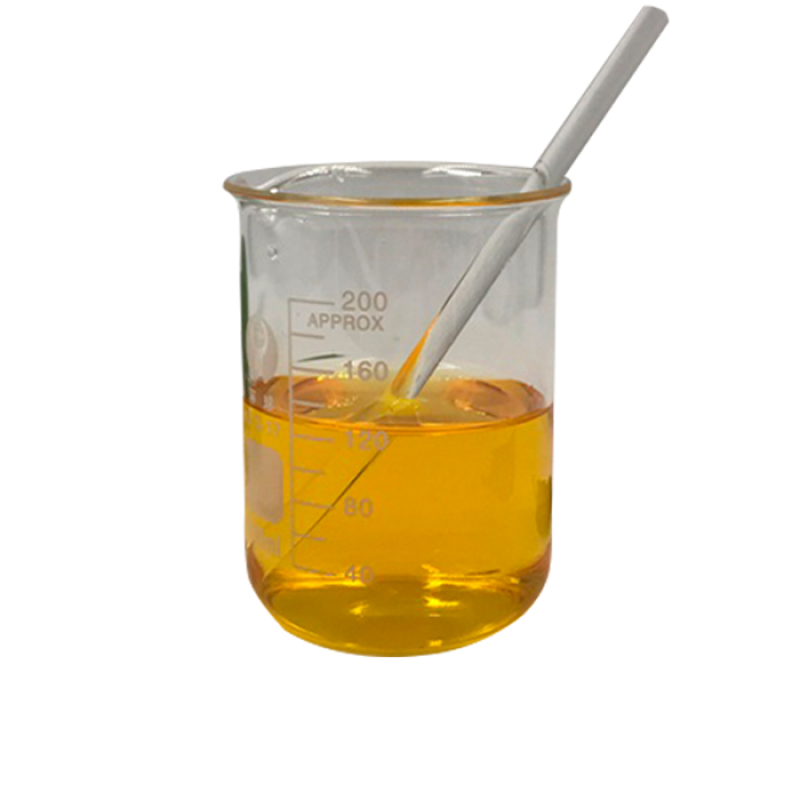Products Description of Triethylenediamine CAS#280-57-9Triethylenediamine, also known as 1,4-diazabicyclo〔2.2.2〕octane, or triethylenediamine, abbreviated as DABCO or TEDA in English, has a chemical formula of C6H12N2.
Contact Now
Diethanolamine CAS#111-42-2Diethanolamine is an natural compound. Structurally, it is composed of two ethanol companies () and one amino team (), and belongs to the type of alcoholamine compounds. This shape offers it special chemical properties, which is the groundwork for its position in many fields. It has right solubility and is without difficulty soluble in polar solvents such as water, ethanol and acetone, and can be miscible with water in any proportion. This property makes it very handy to use in many utility situations that require aqueous solutions.
Contact Now
Products Description of Polyvinylpyrrolidone CAS#9003-39-8Polyvinylpyrrolidone, abbreviated as PVP, is a polymer of vinylpyrrolidone. Due to its different degree of polymerization, it is divided into soluble PVP and insoluble PVPP (polyvinylpolypyrrolidone). The relative molecular mass of soluble PVP is 8000-10000. It can be used as a precipitant and precipitate with polyphenols. With this method, it is easy for residual PVP to remain in the wine.
Contact Now
Products Description of Dichloromethane CAS#75-09-2Dichloromethane is a compound in which two hydrogen atoms in the methane molecule are replaced by chlorine. The molecular formula is CH2Cl2. It is a colorless, transparent, heavier than water, volatile liquid with an ether-like smell and sweet taste.
Contact Now
Products Description of Collagenase CAS#9001-12-1Collagenase, also known as collagenase and clostridial peptidase, is a protease obtained by fermentation of Clostridium histolyticum.Medical collagenase is refined from the culture fluid of Clostridium histolyticum ATCC21000.
Contact Now
Products Description of 4'-Methylpropiophenone CAS#5337-93-9The molecule of p-methylpropiophenone contains a polar carbonyl (C=O) bond and a non-polar benzene ring. The whole molecule is relatively polar, but also has a certain non-polarity. Therefore, it can be dissolved in non-polar solvents such as petroleum ether and benzene, as well as polar solvents such as ethanol and dimethylformamide. The molecule of p-methylpropiophenone contains a long alkyl chain and a benzene ring, and there are certain van der Waals forces and hydrogen bonding forces between molecules.
Contact Now
Products Description of Furfural CAS#98-01-1Furfural is a colorless, transparent, oily liquid produced by hydrolysis and dehydration of pentosan in plant fiber raw materials. It is also called furan formaldehyde. It has a special aroma. Under light, heat, air oxidation and the action of inorganic acids, the color quickly changes to yellow-brown, and finally to dark brown. It is also easy to polymerize and become resinous. It should be stored away from light, deoxygenated and sealed.
Contact Now
Products Description of Copper(II) sulfate pentahydrate CAS#7758-99-8Copper sulfate pentahydrate (chemical formula: CuSO4·5H2O) is blue vitriol, blue triclinic crystal, easy to weather in dry air, lose 4 molecules of crystal water when heated to 190℃, and become anhydrous salt at 258℃. Toxic. Soluble in water, insoluble in ethanol. Can be used for pesticides, harmful if swallowed, irritating eyes and skin, and can have long-term adverse effects on the aquatic environment.Copper sulfate crystals are beautiful blue crystals in plate or short columnar shape with a beautiful blue color.
Contact Now
Products Description of N-Acetylsulfanilyl chloride CAS#121-60-8Light brown to brown powder or fine crystals.
Contact Now
Products Description of BIS(2-METHOXYETHOXY)METHANE CAS#4431-83-8The molecular formula of bis(2-methoxyethoxy)methane is C7H16O4 and its molecular weight is 164.1995.BIS(2-METHOXYETHOXY)METHANE Chemical PropertiesBoiling point 60°C 1,5mmdensity 0,995 g/cm3vapor pressure 22Pa at 25℃refractive index 1.4140Fp 60°C/1.5mmform liquidcolor ColourlessWater Solubility Fully miscible in water.BRN 1700087LogP-0.69 at 22℃EPA Substance Registry System2,5,7,10-Tetraoxaundecane (4431-83-8)Safety InformationSafety Statements 24/25HS Code 2909199090Pr
Contact Now
Petroleum resins CAS#64742-16-1Petroleum resins is a complex combination of organic compounds, predominantly hydrocarbons, obtained as a fraction of the extract from solvent extraction of residuum.
Contact Now
Products Description of 3,5-Dimethylacetophenone CAS#5379-16-83,5-Dimethylacetophenone is a chemical substance with the chemical formula C10H12O and a molecular weight of 148.21.3,5-DIMETHYLACETOPHENONE Chemical PropertiesMelting point 20°CBoiling point 98-100°C 8mmdensity 0,988 g/cm3refractive index 1.5290Fp 98-100°C/8mmstorage temp. Sealed in dry,Room Temperatureform powder to lump to clear liquidcolor White or Colorless to Almost white or Almost colorlessλmax251nm(MeOH)(lit.)BRN 2240987Safety InformationSafety Statements 24/25HS Code&nb
Contact Now
Products Description of Divinylbenzene CAS#1321-74-0Divinylbenzene is a very useful crosslinking agent, widely used in ion exchange resins, ion exchange membranes, ABS resins, polystyrene resins, unsaturated polyester resins, synthetic rubber and other fields. However, divinylbenzene is highly reactive. During the distillation process, it is very easy to undergo free radical polymerization due to the initiation of metal ions and heat. The higher the temperature, the faster the polymerization rate.
Contact Now
Products Description of Bis(2-ethylhexyl) maleate CAS#142-16-5Diethylhexyl maleate, also known as diisooctyl maleate, is a chemical with the molecular formula C20H36O4.Bis(2-ethylhexyl) maleate Chemical PropertiesMelting point -50°CBoiling point 208-209°C 10mmdensity 0.944 g/mL at 25 °C(lit.)vapor pressure 0Pa at 20℃refractive index n20/D 1.455(lit.)Fp >230 °Fstorage temp. Sealed in dry,Room Temperaturesolubility Chloroform (Sparingly), Ethyl Acetate(Slightly),Methanol (Slightly)form Liquidcolor ColourlessWater
Contact Now
Products Description of 1,4-Benzoquinone CAS#106-51-4Parabenzoquinone is a quinone organic compound. Pure parabenzoquinone is a bright yellow crystal with a pungent smell similar to chlorine. Impure samples are often due to 1 :1 charge transfer complex) exists and the color is dim.
Contact Now
Products Description of Piperonyl butoxide 95% CAS#51-03-6Synergyl ether can improve the insecticidal activity of pyrethrins and various pyrethroids, rotenone and carbamate insecticides. It can also improve the insecticidal activity of fenitrothion, dichlorvos, chlordane, triclofenac and atrazine. etc. have a synergistic effect and can improve the stability of pyrethrum extract. When house flies are used as the control object, this product has a higher synergistic effect on permethrin than octachlorodipropyl ether; however, it cannot synergize cypermethrin in knocking down house flies.
Contact Now
Products Description of GALL CAS#8008-63-7Ox bile, the bile or bile of cattle or buffalo. It has the effects of clearing the liver and improving eyesight, promoting bile and clearing the intestines, detoxifying and reducing swelling. Fresh cattle gallbladders are kidney-shaped, about 18 to 20 cm long, about 5 to 6 cm at the widest point, and become cystic with longitudinal wrinkles after drying.
Contact Now
Products Description of 6-Bromo-2,3-dihydro-4H-chromen-4-one CAS#49660-57-34-Dihydrochromone is a class of natural compounds with excellent biological activity.
Contact Now
Products Description of Tetraethylammonium bromideCAS#71-91-0Tetraethylammonium bromide is an organic substance with the chemical formula (C2H5)4NBr, which is white crystals. It is hygroscopic. It is easily soluble in water, ethanol, chloroform and acetone, slightly soluble in benzene, and its solubility in water is 2795 g/L (25°C). The pH of a 10% aqueous solution is 6.5, and the pH remains unchanged when heated to 95°C for 28 hours. It is irritating.
Contact Now
Products Description of Nickel carbonateCAS#3333-67-3Nickel carbonate is a light green crystal at room temperature. It is almost insoluble in water, more soluble in water containing CO2 than pure water, soluble in ammonia water and dilute acid, and insoluble in cold concentrated hydrochloric acid and nitric acid. When strongly heated in the air, it generates oxides. It reacts with ammonium chloride solution to produce CO2 and NH3, leaving nickel chloride (II) solution.Nickel carbonate is an important nickel compound.
Contact Now
Products Description of Poly(ethylene glycol) dimethacrylateCAS#25852-47-5 Used in food, medical and health gel materials, etc.Poly(ethylene glycol) dimethacrylate Chemical PropertiesBoiling point >200 °C2 mm Hg(lit.)density 1.11 g/mL at 25 °Crefractive index n20/D 1.467Fp >230 °Fstorage temp. 2-8°Csolubility H2O: solubleform Granular Solidcolor White to off-whiteWater Solubility Soluble in water.Sensitive Moisture & Light SensitiveStability:Stable.
Contact Now
Products Description of Ethylene dimethacrylate CAS#97-90-5Ethylene glycol dimethacrylate is a diester, meaning there are two alcohol/acid combinations in one organic compound or monomer. Industries often combine this substance with other chemicals to make plastics or rubber.
Contact Now
Products Description of β-Nicotinamide Mononucleotide CAS#1094-61-7Nicotinamide mononucleotide, also called β-nicotinamide mononucleotide (NMN), is a synthetic substrate for coenzyme I. NMN is also used in anti-aging research. Studies have shown that β-NMN can also regulate the secretion of insulin and also affect the expression level of mRNA.
Contact Now
Products Description of Nicotinamide Mononucleotide CAS#1094-61-7Nicotinamide mononucleotide, also known as β-nicotinamide mononucleotide (NMN), is a synthetic substrate of coenzyme I. At the same time, NMN is also used in anti-aging research. Studies have shown that β-NMN can also regulate the secretion of insulin and affect the expression level of mRNA. β-NMN has broad application prospects in the field of medical treatment. β-Nicotinamide mononucleotide is a product of the extracellular nicotinamide phosphoribosyltransferase (eNAMPT) reaction and a key NAD+ intermediate.
Contact Now
































